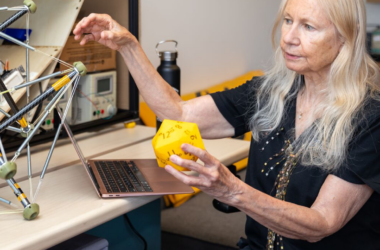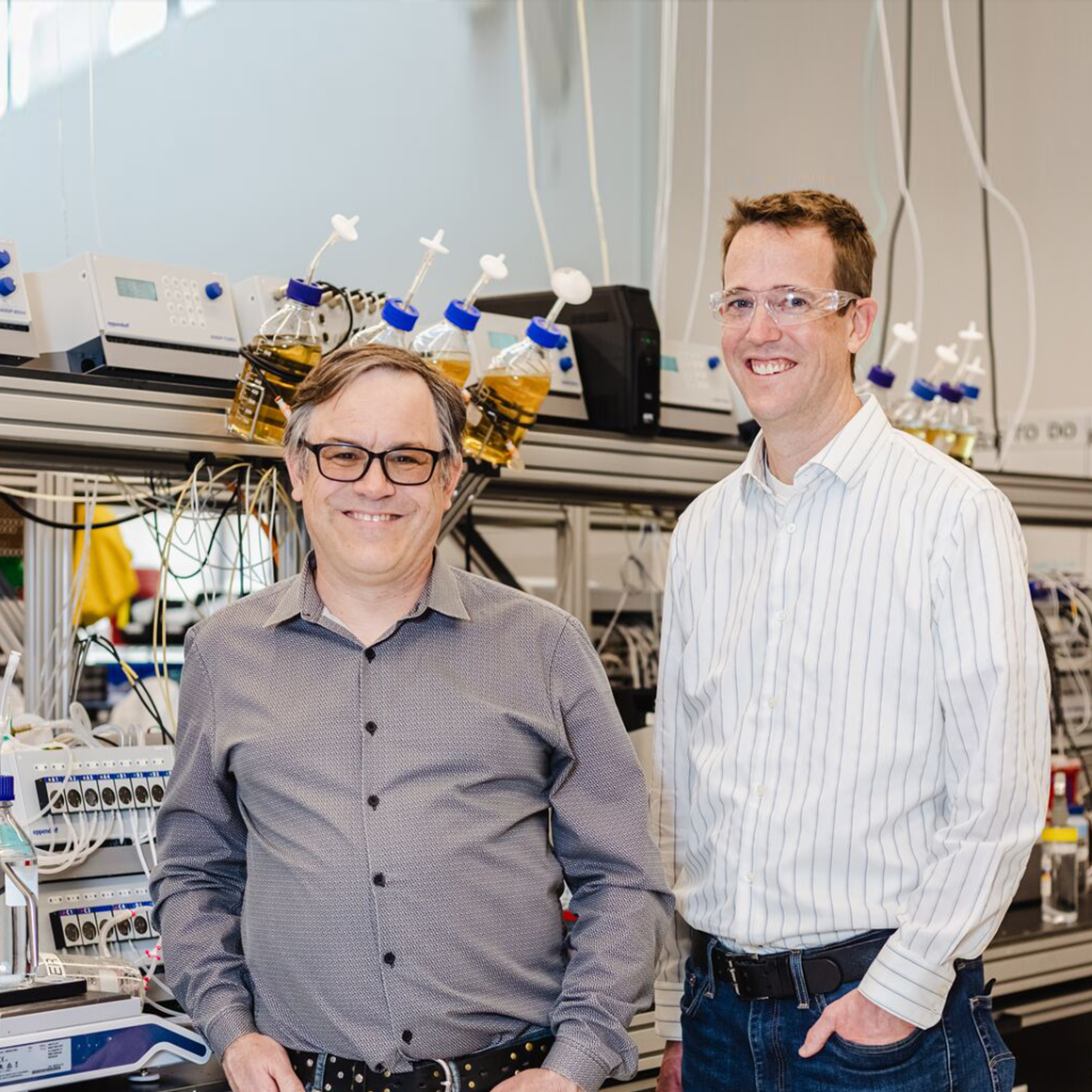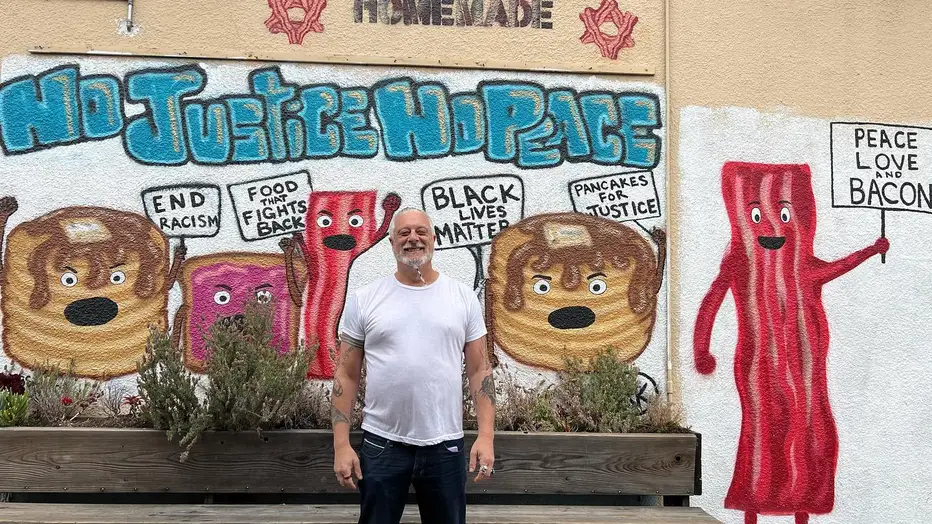The range operates on 110 volts so that users don’t need an electrical upgrade, and a battery stores the power.
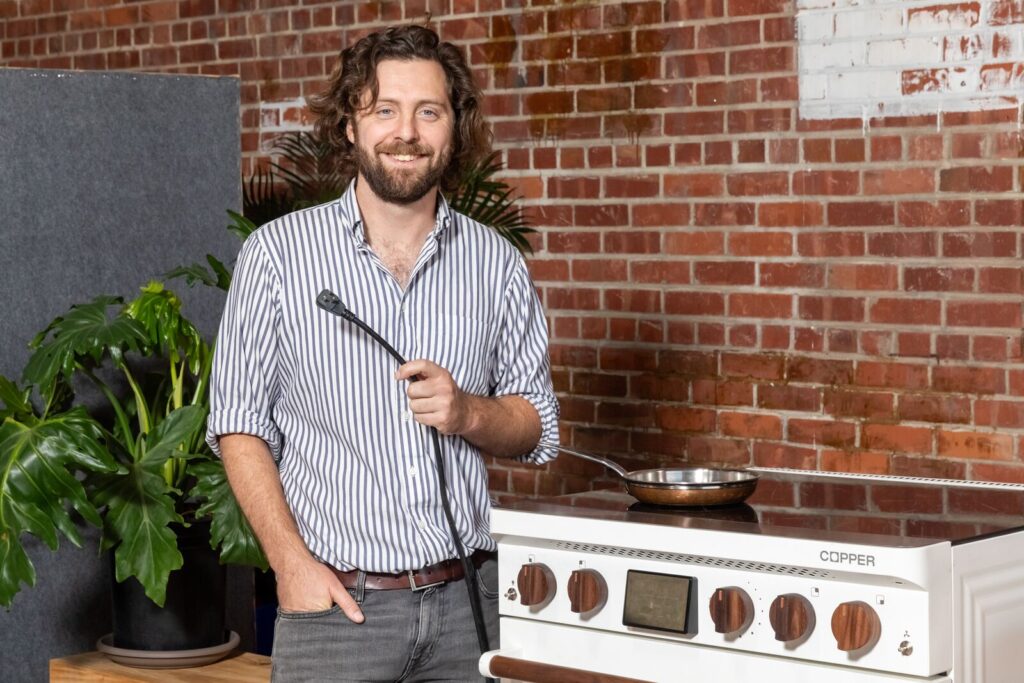
November 21, 2024
BERKELEYSIDE — It was a perfect grilled cheese sandwich that marked success – mission accomplished – to Sam Calisch. Calisch is the CEO and cofounder of a Berkeley induction stove manufacturing company called Copper.
“I was shocked,” he said, speaking like a man who has known his share of burnt or rubbery grilled cheese sandwiches. “It was this perfect golden brown, like you see in a magazine.”
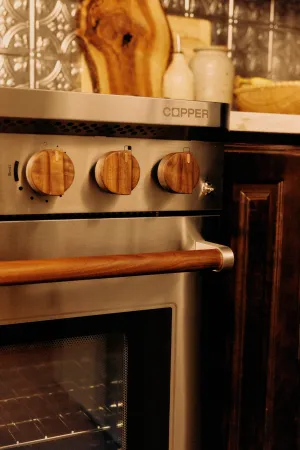
“We designed this so that all you need is a familiar 110-volt outlet. We wanted this to work in anyone’s home,” Calisch said. “We regularly see people who have been quoted $5,000 to $10,000 for electrical upgrades, before even buying a new stove.”
Despite many chefs making the switch from gas to induction for the superior cooking experience, the 240-volt electrical upgrades that are usually required have been a major barrier to adoption in homes. In many cases, a utility electric service upgrade may even be needed. With Copper, if your current stove has an oven light or a clock, or you have a countertop outlet nearby, then you’ve already got all the power you need.
Copper is a certified California green business and public benefit corporation in West Berkeley, aiming to help American homes transition from fossil fuels to clean electric appliances. It recently won a contract with the New York Housing Authority to supply at least 10,000 of its stoves to the city’s housing stock. In addition to avoiding unnecessary electrical work, the company sees these battery-equipped appliances as a key way to increase the use of clean energy and also resilience to power outages.
Define induction
Americans are just getting acquainted with induction cooking, which can seem esoteric compared to conventional cooking methods — gas, conventional electric, barbecues, campfires — that have visible signs of heat. A bit of science helps.
“The word ‘induction’ comes from the word ‘induce’,” Calisch said. “When you put a pan on the stove, it uses magnetic energy to create heat in the pan. There’s no heat on the surface; only what’s transmitted, or induced, in the pan.”
The result is faster and more precise cooking, without the preheating, heat loss into the environment, or extended cool-down times.
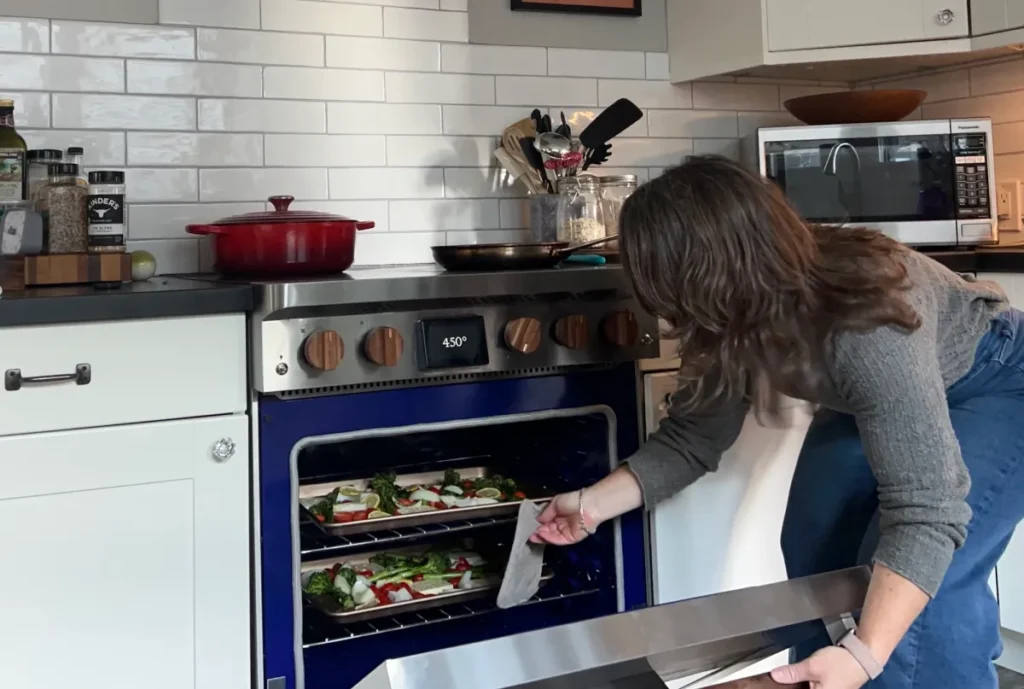
That singular feature became an epiphany for Sarah Ranney, whose Copper stove arrived two days into October’s record-breaking Berkeley heat wave. Normally, Ranney wouldn’t have cooked during a heat wave that intense. But she couldn’t wait to try her new stove.
“I had everything going — the pasta, two kinds of sauces — and there was no open flame, no heat loss, no adding heat to the house. The air didn’t feel thick. Everything felt clean.”
Another of Copper’s early adopters is chef Samin Nosrat, author of award-winning cookbook Salt, Fat, Acid, Heat. She swapped the Wolf gas range in her East Bay home for a Copper stove earlier this year.
Not your parents’ electric stove
Unfortunately induction has suffered from outdated associations with conventional electric stoves. “People think it’s the same electric cooking they grew up with — the coil that gets red-hot, takes forever to heat and you can burn yourself on it. There’s just a lot of unfamiliarity.”
Case in point: “Time magazine did a cover story on induction stoves and they used a photo of a stove that wasn’t induction,” Calisch said. To combat these misconceptions, the Copper team is regularly out at local farmers markets, street fairs and other events with its stove, giving people first-hand experience with the magic of induction. Lisa Pinckney, Copper’s chef and culinary events manager, sees the ah-ha moments.
“What gets people’s attention is how quickly Charlie heats up. They see how fast I can prepare a full meal. The clincher — even for the folks who come in saying they’ll never give up their gas stoves — is how easy it is to clean,” Pinckney said.
Induction stoves also have become ensnared in the culture wars. Their sin, according to conservatives: they’re not gas. The brouhaha kicked off in 2023, when the Consumer Product Safety Commission indicated it was considering banning the manufacture of new gas stoves due to evidence that children in houses with gas stoves were 42% more likely to develop asthma.
The kerfuffle seems misplaced given that gas stoves are much more likely to sicken, and even kill, people than electric stoves. Evidence has been mounting for decades that gas stoves increase the risk of asthma in children and other respiratory illnesses in adults. Also, for Bay Area residents perched on major faults, gas lines pose a major danger in an earthquake. One of the first rules of the California lifestyle: know how to shut off your gas line in an earthquake.
Electrification in Berkeley
Berkeley remains committed to electrification and accelerating an equitable transition off fossil fuels, despite some legislative setbacks — most notably the U.S. Court of Appeals for the Ninth Circuit striking down the city’s ban on gas lines in new construction. The city’s commitment is exemplified through two new projects.
Berkeley’s Just Transition Pilot, funded by the city council, will provide home renovation improvements such as electric appliances and resilience benefits for income-qualified residents, while also requiring labor standards for participating residential construction workers. Additionally, the U.S. Department of Energy has awarded the city over $5 million to develop performance standards for large buildings and help property owners implement building upgrades that will reduce greenhouse gas emissions.
It’s precisely the city’s propensity towards finding workable, forward-thinking solutions and the community-wide environmental ethos that made Copper’s co-founders want to keep the company in Berkeley.
“What better place?” Calisch said. “Berkeley has so much talent, and is such a strong culinary nexus as well.”
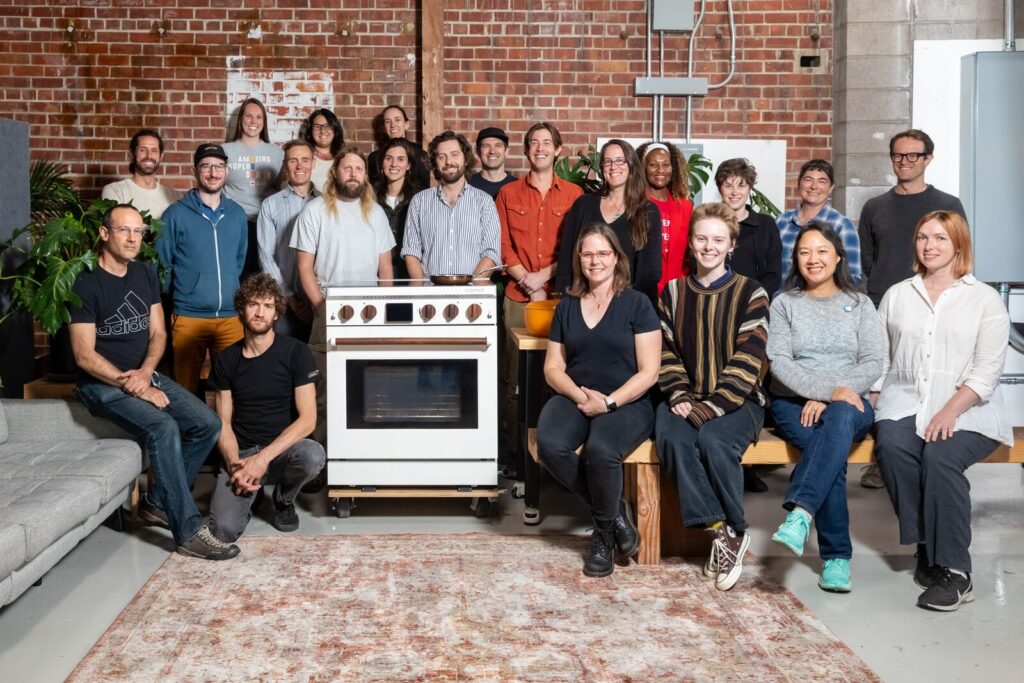
A “Berkeley-made” imprimatur certainly influenced Sarah Ranney’s decision to become an early Copper customer. “I’m normally pretty risk-averse,” she said. “But I went to the Harvest Festival in 2022 and they were there, cooking a stir-fry. I was interested in induction and they just had this enthusiasm and earnestness. And they were a Berkeley company. So I put in an order. Now that I have it, I’m a total convert.”
Copper is taking orders for its 30-inch “Charlie” stoves. Currently the company is only shipping to California and New York but has plans to expand in 2025. To learn more about Copper stoves or to get one for yourself, go to Copper’s website. Calisch notes that because of the battery, purchasers are entitled to a 30% tax credit.
WHAT NEXT
- Visit the City’s Building Electrification webpage to find electrification resources for homeowners and renters.
- Buy from green certified businesses in California (or register to become a green business).
- Visit the Discovered in Berkeley Stories page to find more articles about innovative local businesses.

